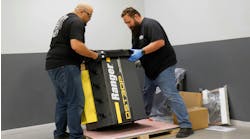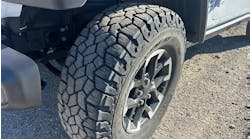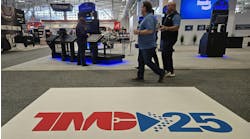Yokohama launches winter-ready 907W drive tire
Yokohama Tire released the 907W drive tire to help commercial vehicles perform better in winter conditions. It is meant to replace the SY767 tire and is marked with the three-peak mountain snowflake symbol denoting its ability to meet industry requirements for severe snow service.
Read more: Yokohama Tire expands further into U.S. market
“The new 907W offers significantly longer tread life and better performance in the snow,” said Tom Clauer, Yokohama’s senior manager of commercial product planning. “With a deeper tread and rugged new compound, fleets can expect to get reliable snow traction and powerful snow braking for multiple winter seasons.”
Backed by a seven-year unlimited retread casing warranty, the tire is offered in sizes 295/75R22.5, 11R22.5 and 11R24.5. Designed to combat heel and toe wear, the 907W features a 27/32” tread depth, an advanced compound to resist scrubbing, cutting, and chipping, and power ribs with 3D sipes and four zig-zag grooves for greater traction.




